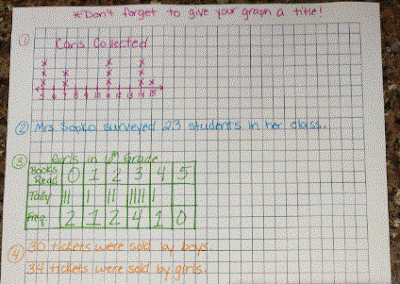Watch these videos as many times as you need. WSQ in your notebooks.
W = Work out any problems you are given in the video in your notes.
S = Summarize the video. This can be done using bullets. List at least 3 things you learned from this video or important things to remember about this lesson.
Q = Question you have or a question someone else might have about the information in the video.
Be prepared to discuss each video. See Mrs. Sopko or Mrs. Carr to check your work on the videos as they are completed. You do NOT need to wait until you have finished every video in the level to discuss/check your work with a teacher.
After each video has been discussed/checked by a teacher, complete one of the "LEVELING UP" assignments. Requirements and rubrics can be found on the STEM Blackboard page by clicking on the "LEVELING UP" tab in the menu on the left side of the screen.
DO NOT wait until you are "LEVELING UP" to let us know you do not understand a concept. Extra practice and/or tutoring is available. Please ASK if you need additional help.
CLASSIFYING POLYGONS
AREA AND PERIMETER
For the Work Section #5, the height is 59.3.
DISTANCE BETWEEN 2 POINTS
REFLECTIONS ON THE COORDINATE PLANE
You will need to print the following sheets in order to complete the work section of this lesson. Mrs. Sopko has sheets printed out if you need them. Please note: there are TWO (2) pages to the WSQ.
You ONLY need to complete #1-10. However, feel free to attempt #11-12 for an extra challenge.





